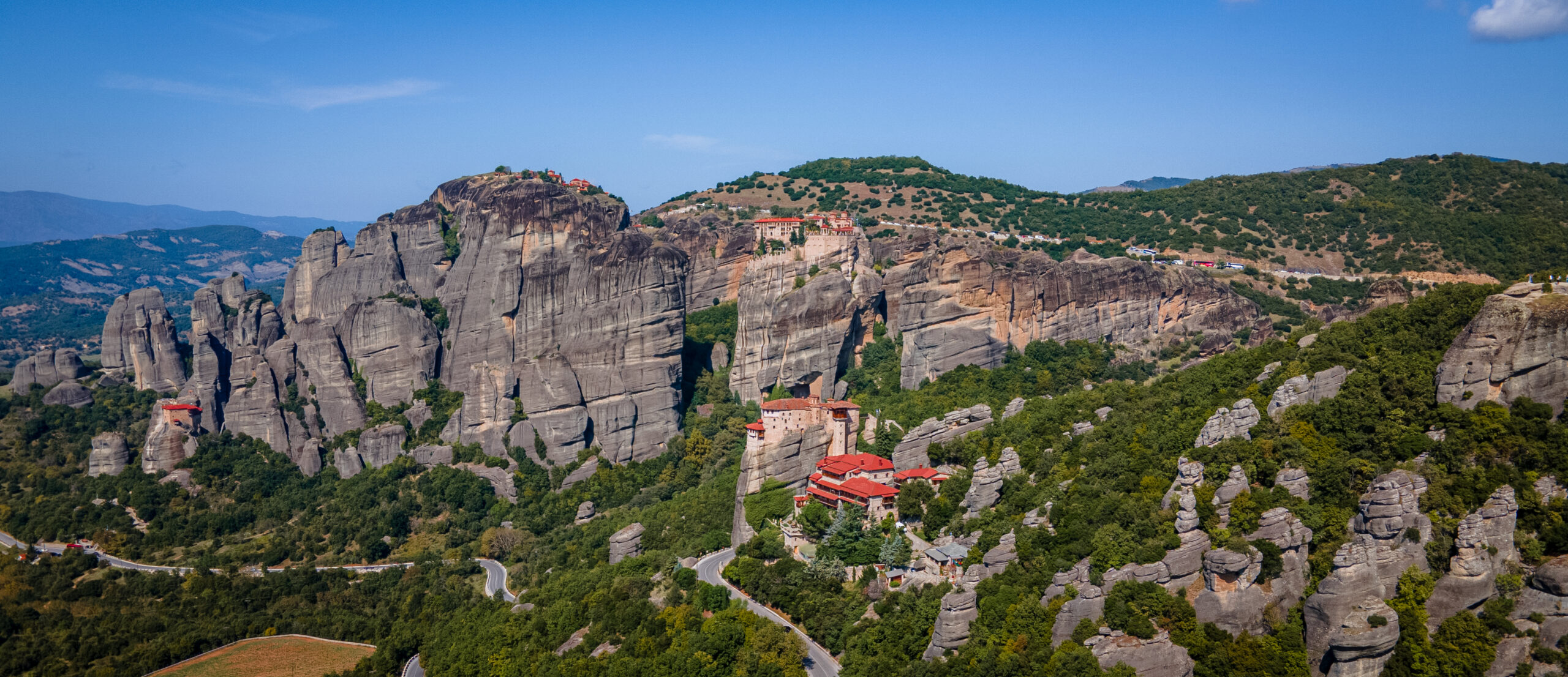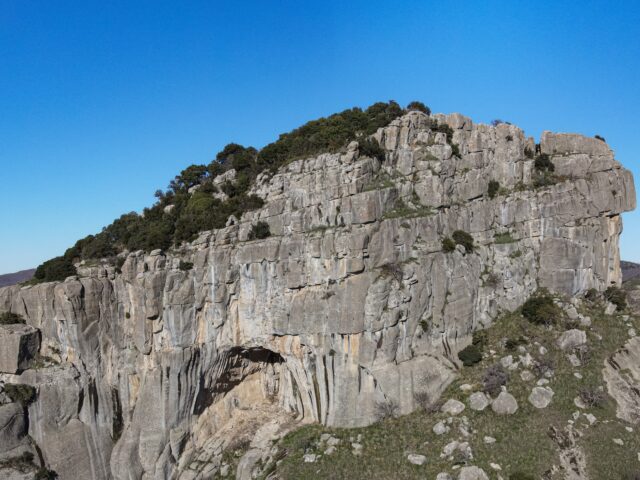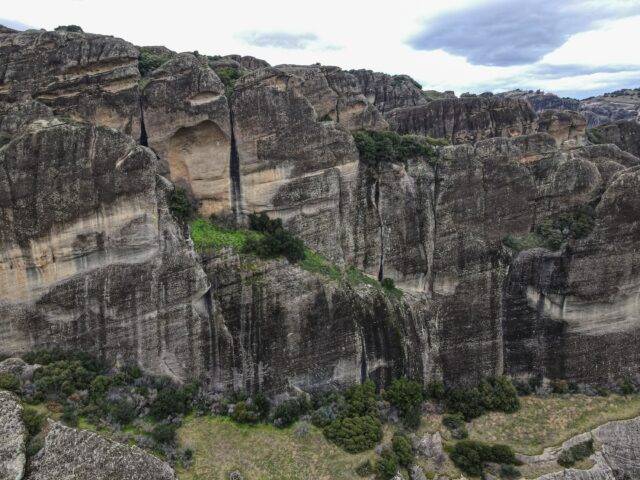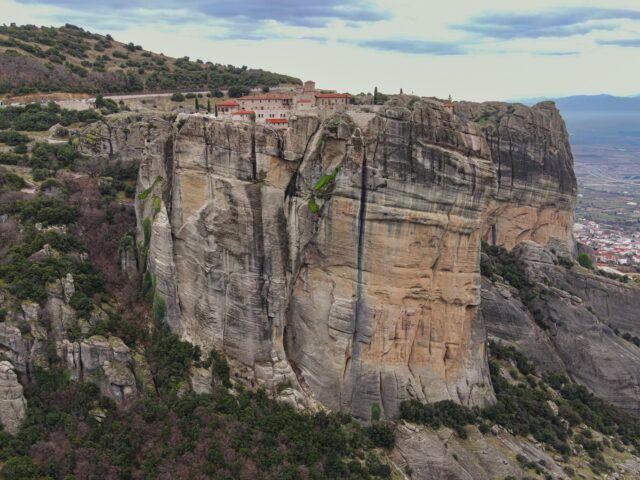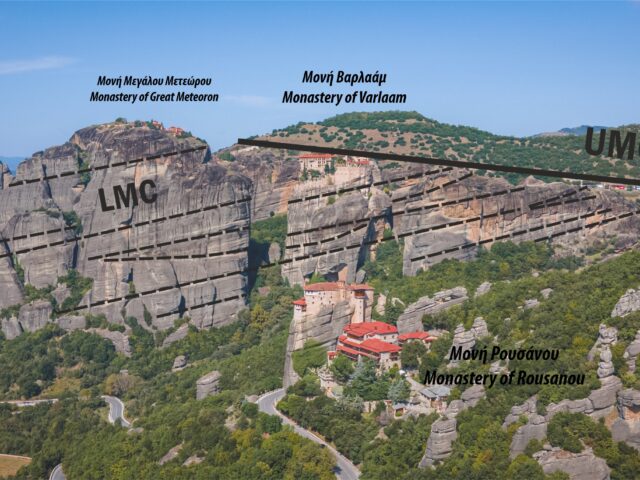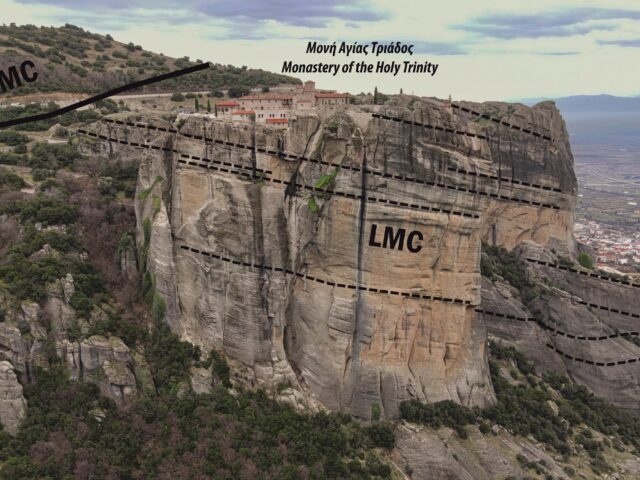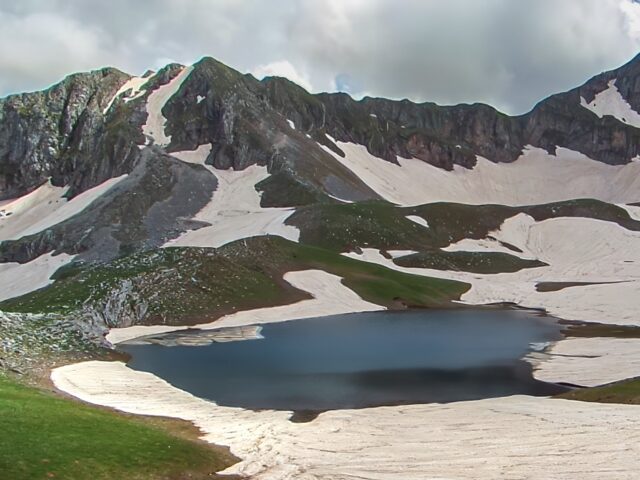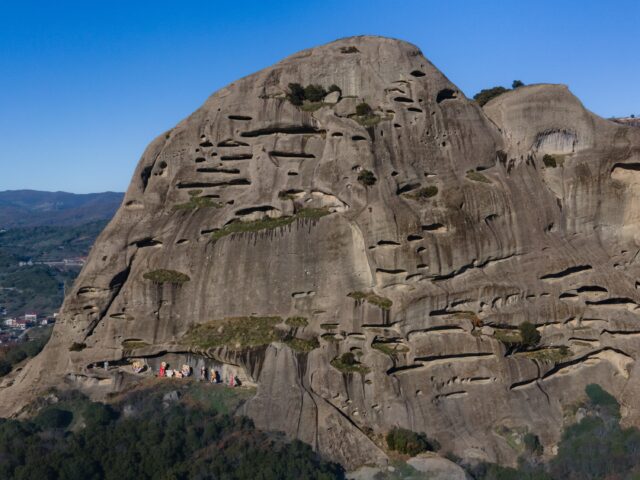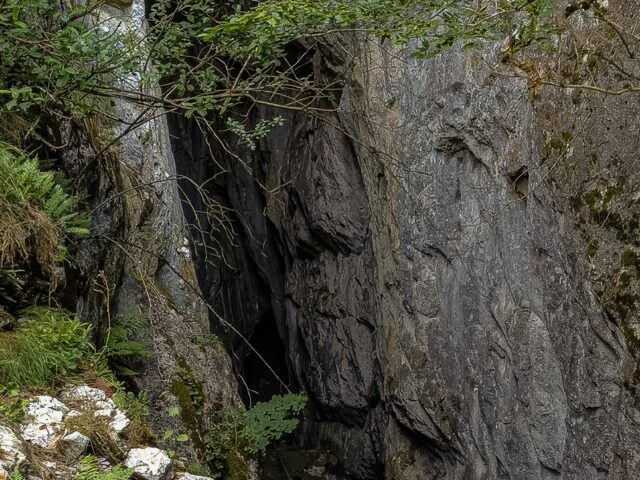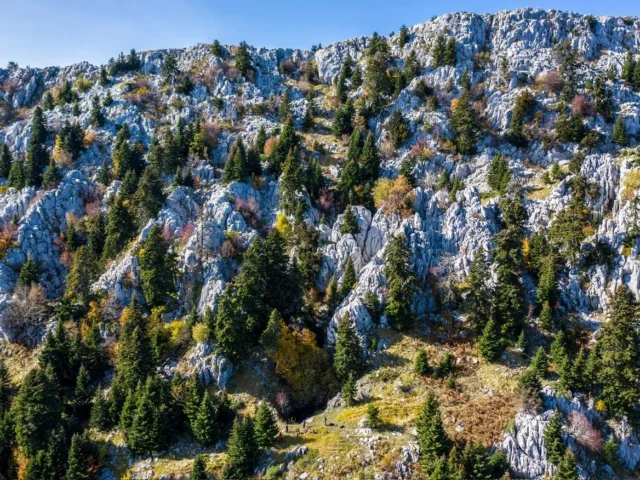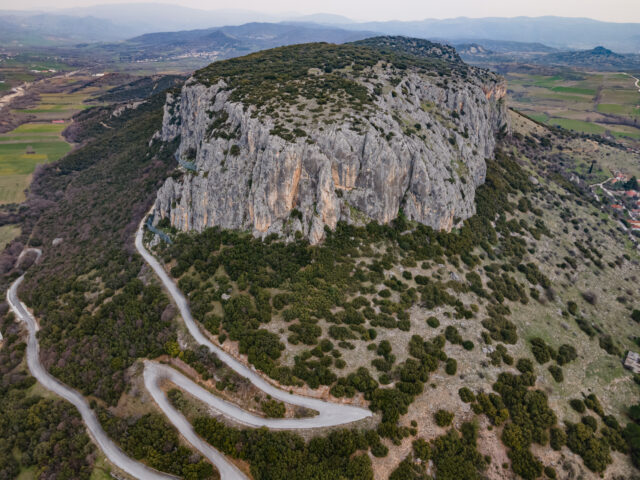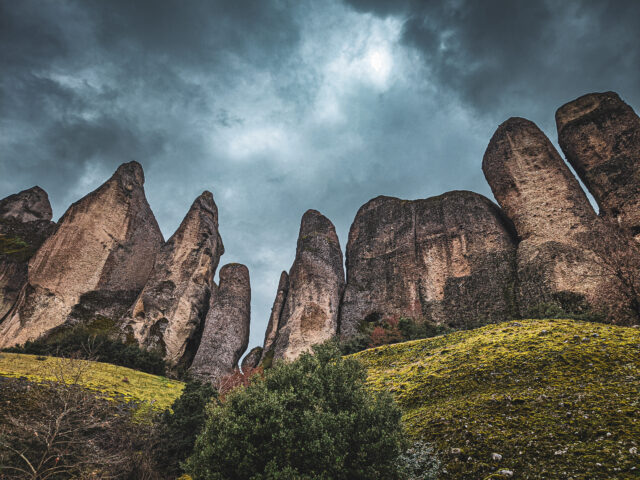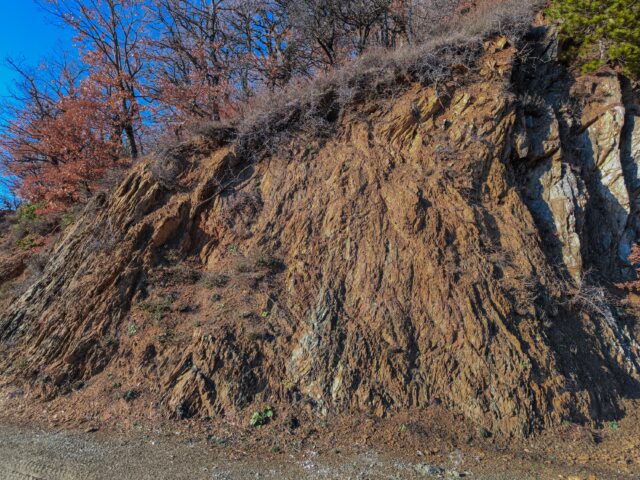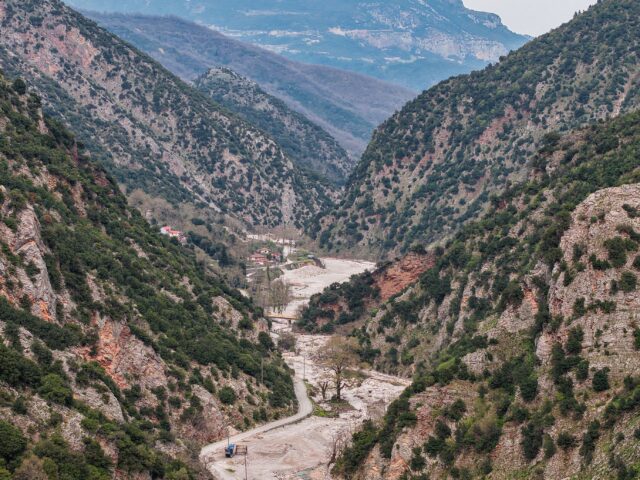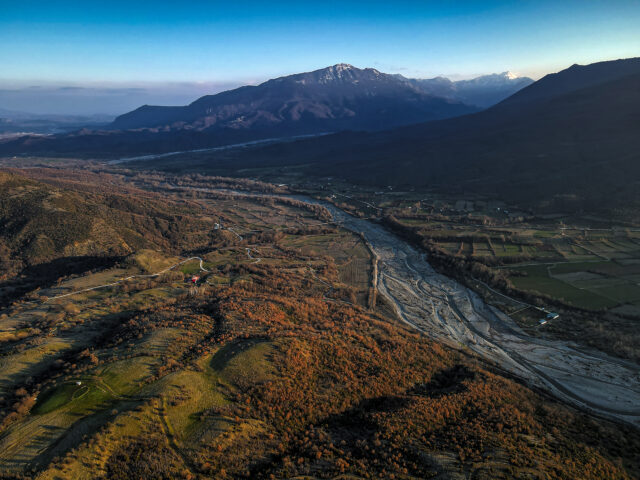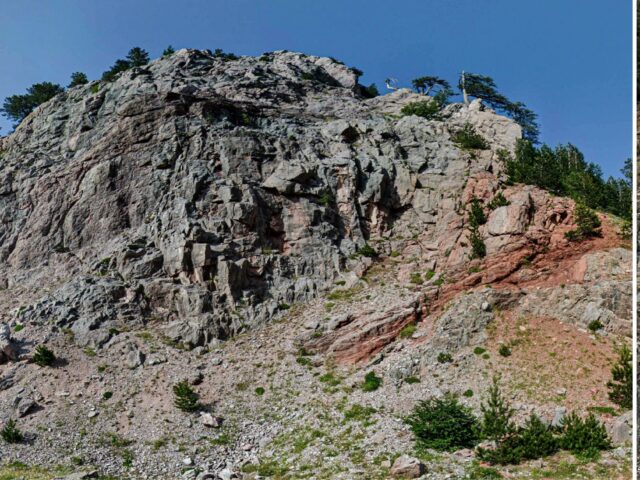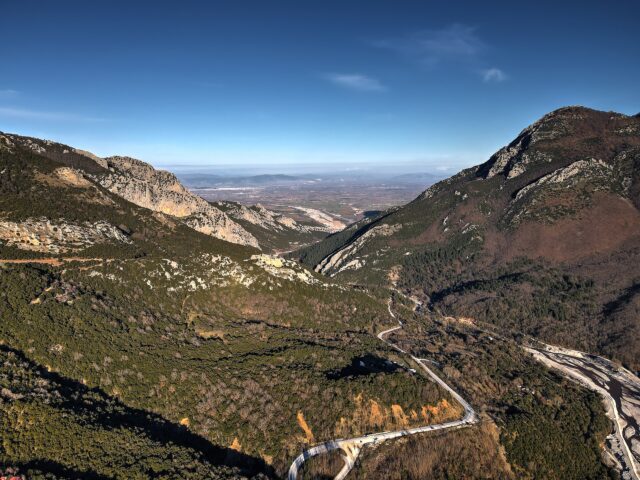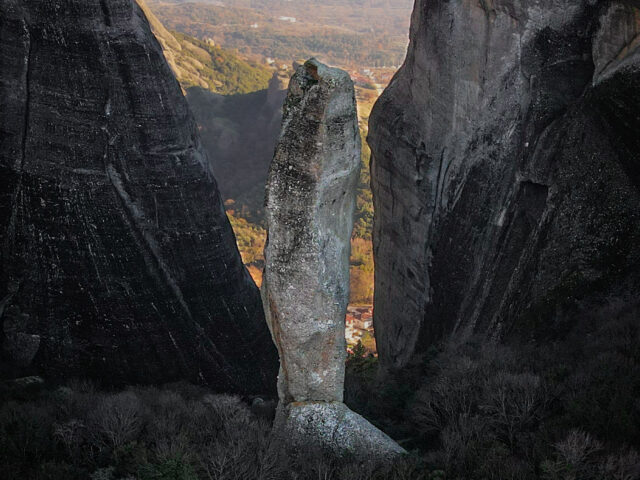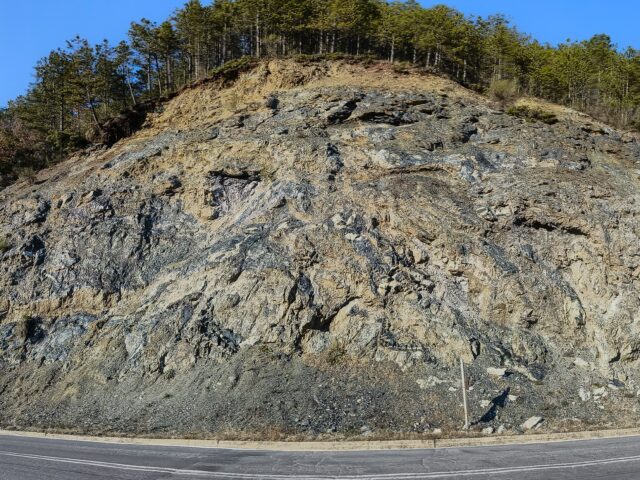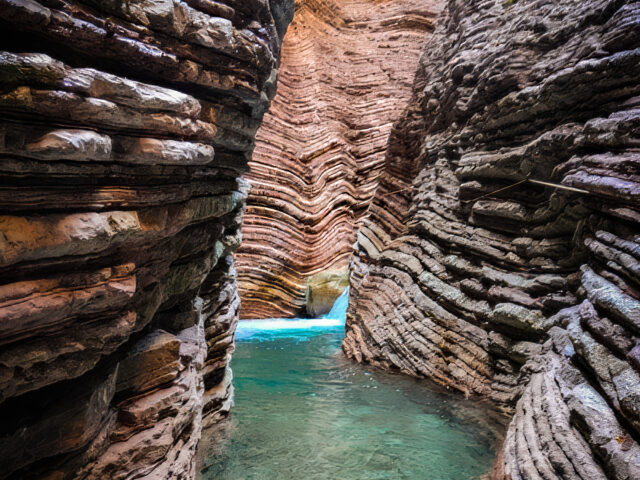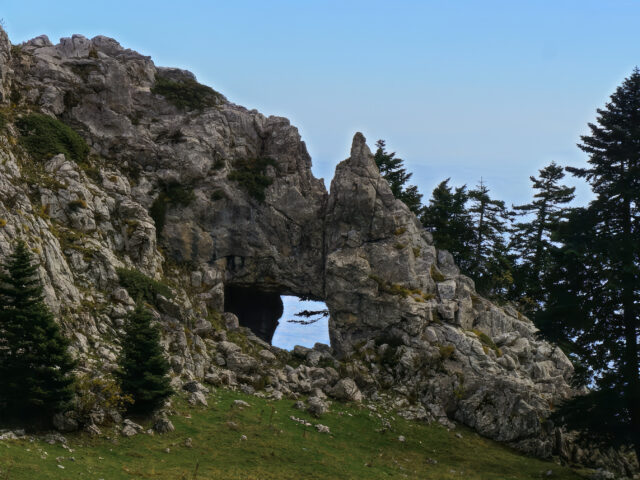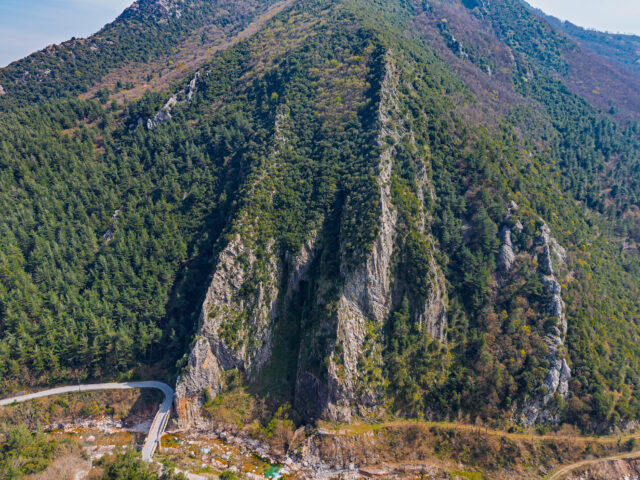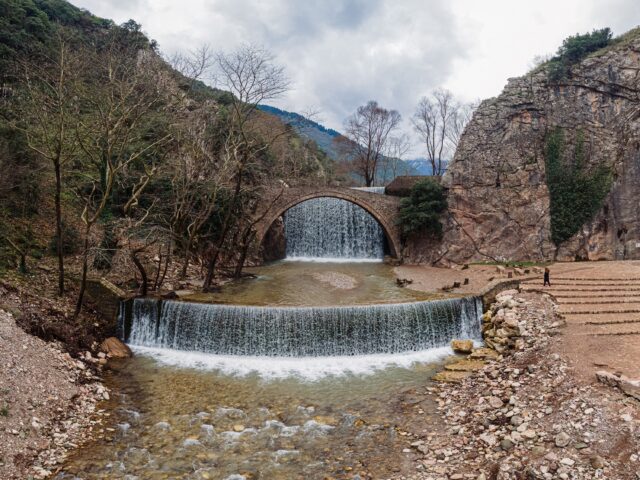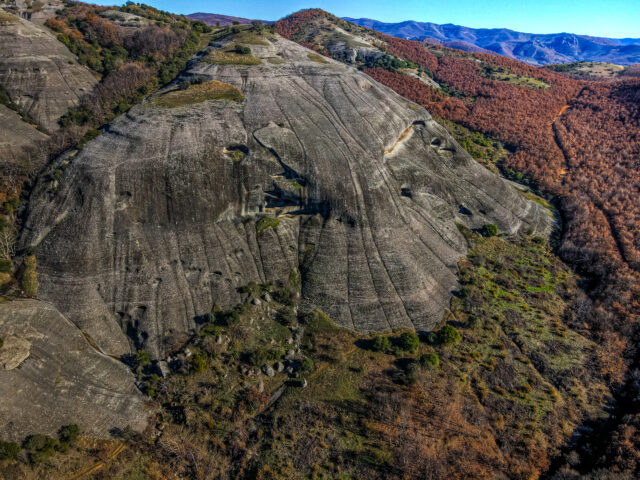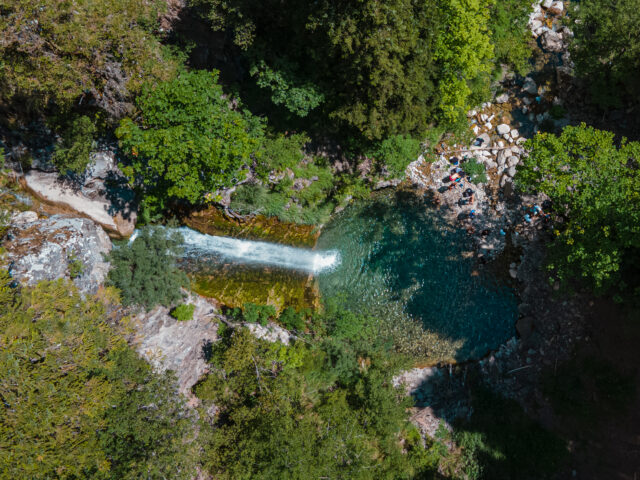Meteora UNESCO World Heritage Site
UNESCO World Heritage Site
Address
Kalambaka 422 00
GPS
39.721733399076, 21.630584076077
Meteora is one of the most important geological monuments in Greece. It is a complex of impressive rock formations over an area of more than 7 square kilometers, with a height of up to 200 meters and a width that varies, and in some places reaches up to 300 meters. The impressive rock formations such as the rocky pillars of Meteora were created by tectonic deformation and erosion. On the top and in the hollow openings of many of these rocks, Byzantine monasteries were built, 6 of which are still in operation today. Meteora was declared a UNESCO World Heritage Site in 1988.
From a geological point of view, Meteora area consists of molasses sediments belonging to the Meso-Hellenic Trench, a huge sea basin that started from the geographical area of present-day Thessaly and reached as far as present-day Albania. It was at least 200 kilometers long and 30-40 kilometers wide. On either side of this narrow sea basin, mountain ranges emerged that are identical to today’s morphology. To the west is the Pindos Mountain range and to the east are the mountains Vermio, Askio, Vourinos and Vouniasa. The large rivers that flowed into this sea eroded the above mountain ranges, transporting and depositing large quantities of materials for millions of years. The geological formations of Tsotyli, Pentalofos-Meteora, Eptachori and Krania-Rizomatos, which appear in the Geopark, belong to the Meso-Hellenic Trench.
The rocks of Meteora consist of the Meteora Conglomerates, a series of cohesive conglomerates and sandstone beds, part of the Pentalofos-Meteora Formation of Late Oligocene-Late Miocene age (10-30 million years). The Pentalofos-Meteora Formation occurs in the Meteora-Pyli Geopark from the northern boundaries of the park with the prefecture of Grevena to Sarakina and Peristera in the south. Similar occurrences to those of Meteora are also found in the areas of Gavros and Agios Dimitrios, north of Kalambaka. The Meteora Conglomerates are Gilbert-type deltaic deposits. Gilbert-type deltaic deposits are also found in large areas in the northern part of the Peloponnese (age >5 million years) and are currently deposited underwater in the Gulf of Corinth (mouths of Selenitis, Vouraikos River, etc.). The cohesive conglomerates and sandstones (turbidites) were deposited 10-20 million years ago underwater, at the mouths of large rivers from the northernmost part of the Meso-Hellenic Trench. The cobbles and gravels that we see today in the conglomerates of Meteora consist of metamorphic, granitic and carbonate rocks, that were transported via rivers from the mountains that surrounded the Meso-Hellenic Trench. Specifically, the characteristic rocks of Meteora are composed of the Lower Meteora Conglomerates (LMC), and to the north and east of them we can observe the Upper Meteora Conglomerates (UMC), which are composed of softer rocks. The visitor can consider that the northern perimeter road of Meteora generally follows the boundary of these two formations (LMC/UMC).

